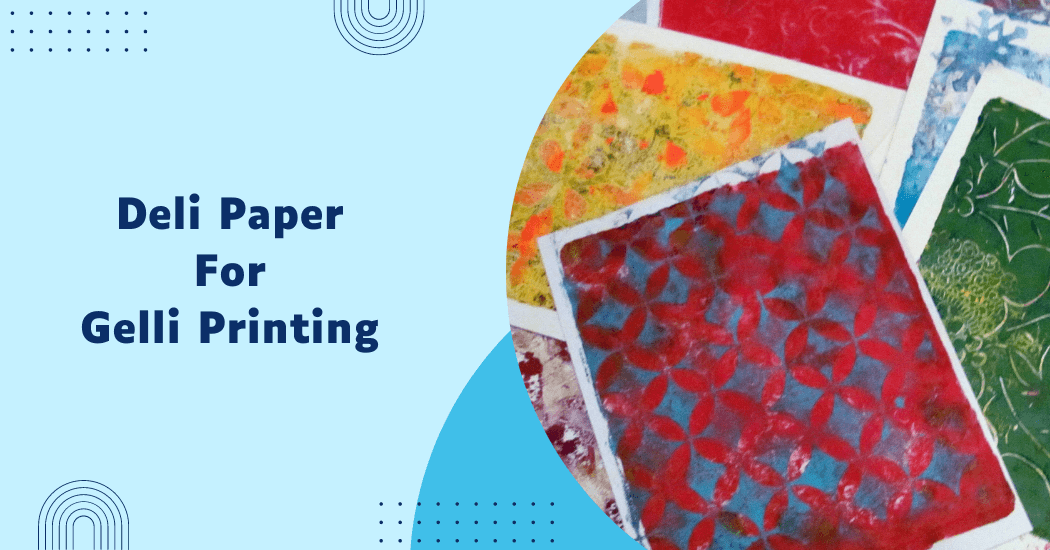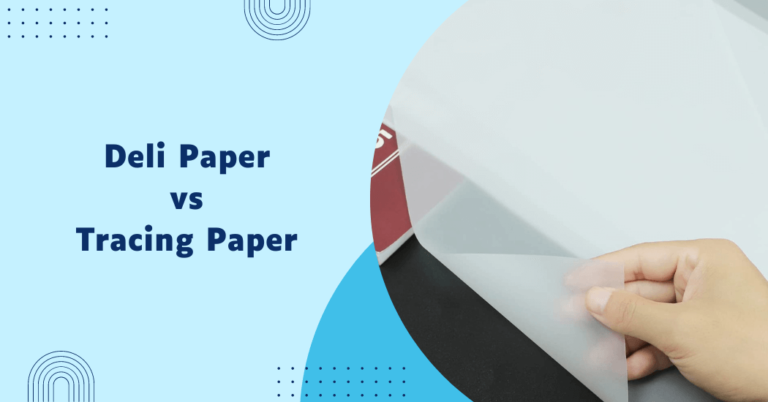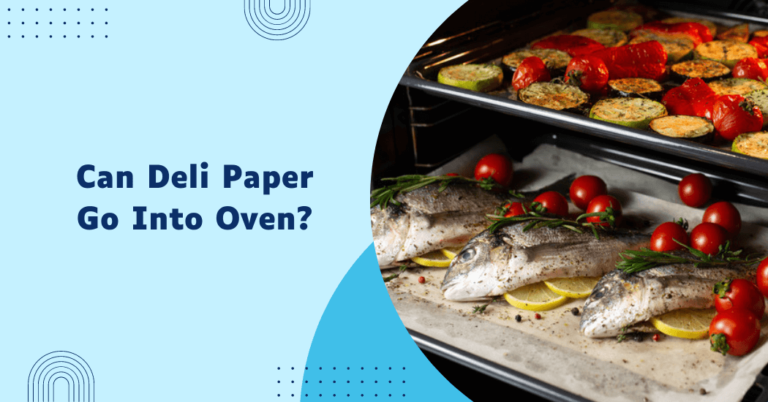Deli paper for Gelli printing
Discover the vibrant world of Gelli printing with deli paper, a versatile and essential tool for artists seeking to create stunning and unique prints.
Deli paper, known for its thin yet durable texture, is an ideal substrate for Gelli printing a mono printing technique using gel plates. This combination offers artists endless possibilities to experiment with colors, textures and patterns, resulting in captivating artworks.
In this guide, we delve into the intricacies of using deli paper for Gelli printing, exploring its benefits, techniques and tips to unleash your creativity.
Join us as we delve into the world of deli paper for Gelli printing and unlock the potential of this innovative medium.
Deli Paper For Gelli Printing
Deli paper also known as dry waxed paper or parchment paper, is a lightweight and translucent material commonly used for food packaging. Its smooth surface and ability to withstand moisture make it ideal for preserving and protecting foods.
However, artists have discovered that deli paper has many more uses beyond just food wrapping.
Due to its thin yet durable nature, deli paper is perfect for Gelli printing. This mono-printing technique involves creating prints on a gel plate using layers of paint, stencils and other materials. The gel plate acts as a temporary surface that transfers the image onto deli paper or any other substrate.
Benefits of using deli paper for Gelli printing
Deli paper offers several advantages when used for Gelli printing, making it a favorite among artists. Some of these benefits include:
- Translucency: Deli paper’s translucent nature allows for layering and creating depth in prints, resulting in unique and captivating artworks.
- Durability: Despite its delicate appearance, deli paper is surprisingly durable and can withstand multiple layers of paint without tearing or wrinkling.
- Affordability: Deli paper is a relatively inexpensive material, making it accessible to artists on a budget or those looking to experiment with new techniques without breaking the bank.
- Versatility: Deli paper works well with various mediums, including acrylics, watercolors and inks, giving artists the freedom to explore and experiment with different techniques.
- Easy to source: Deli paper is readily available in most grocery stores, making it convenient for artists to purchase and use.
- Non-stick properties: Deli paper has non-stick properties, meaning that once the paint is dry, it won’t stick to other surfaces. This makes it easy to stack and store your prints without worrying about them sticking together or getting damaged.
Techniques for using deli paper in Gelli printing
There are several techniques that artists can utilize when incorporating deli paper into their Gelli printing process. Some popular techniques include:
- Layering: Due to its translucency, deli paper is perfect for layering multiple prints on top of each other. This technique allows artists to create depth and dimension in their artwork.
- Collage: Deli paper’s non-stick properties make it easy to create collages by cutting and pasting different pieces of deli paper onto a print.
- Texture transfer: Deli paper can be used to transfer textures from various objects, such as leaves or fabrics, onto the gel plate and then onto the deli paper, creating interesting and unique patterns.
- Mark making: Artists can use different tools, such as paintbrushes, pencils or even their fingers, to create marks on the deli paper before pressing it onto the gel plate, resulting in one-of-a-kind prints.
- Mono printing: Deli paper is a perfect substrate for mono printing, as each print will be unique and cannot be replicated.
Tips for successful Gelli printing with deli paper
To achieve the best results when using deli paper for Gelli printing, here are some helpful tips to keep in mind:
- Prep your gel plate: Before starting, make sure your gel plate is clean and free of any previous prints or debris.
- Use a small amount of paint: Deli paper is thin, so only a small amount of paint is needed to achieve vibrant and colorful prints.
- Experiment with layers: Don’t be afraid to layer multiple prints on top of each other for a more dynamic and interesting composition.
- Try different textures: Explore different textured objects, such as bubble wrap or lace, to create unique patterns on your deli paper.
- Choosing the right paint consistency: Experiment with different paint consistencies, from thick to watery, to see how they impact the final print.
- Protect your prints: Once your prints are dry, place them between sheets of deli paper or wax paper to protect and preserve them.
- Use stencils and masks: Stencils and masks can add depth and interest to your prints. Experiment with different shapes and designs.
- Don’t overwork the print: Gelli printing is all about spontaneity, so try not to overwork or manipulate the print too much as it may result in a messy or muddy image.
Also Read: Is deli paper the same as tracing paper?
Troubleshooting common issues
While Gelli printing with deli paper is a fun and rewarding experience, it can also come with some challenges.
Here are some common issues that artists may encounter and how to troubleshoot them:
- Wrinkling: If your deli paper wrinkles, try using less paint or gently pressing the print onto the gel plate instead of rubbing it.
- Bleeding: Deli paper is thin and absorbent, so it may bleed if too much paint is used. Try using less paint or let the paint dry completely before adding another layer.
- Sticking: To avoid prints from sticking to other surfaces, make sure they are completely dry before handling them or placing them in storage.
- Tearing: If your deli paper tears, try using a lighter touch when pressing it onto the gel plate or let the paint dry completely before handling it.
- Lack of color: If your prints appear dull or lack color, try using more paint or experimenting with different paint consistencies.
- Inconsistent prints: Inconsistencies in prints may be due to uneven pressure when pressing the deli paper onto the gel plate. Try varying the amount of pressure or using a brayer for more even coverage.
By following these tips and troubleshooting techniques, artists can overcome common issues and continue creating beautiful and unique Gelli prints with deli paper as their substrate.
Overall, deli paper is a versatile and affordable material that offers endless possibilities for artists to create stunning works of art.
FAQs – Gelli printing on Deli Paper
Can I use any type of deli paper for Gelli printing?
While most types of deli paper will work for Gelli printing, it’s important to select a paper that is thin yet durable to resist tearing during the process.
Deli paper that is too thick may not transfer the paint as well and could also lack the desired translucency for layered prints.
It’s best to experiment with different brands and weights to find the perfect type that suits your artistic needs. Keep in mind that deli papers with too much wax coating might resist the paint, so you may want to avoid them for better results.
Can I reuse deli paper for multiple prints?
Yes, deli paper can be reused for multiple prints. The non-stick properties of the paper make it easy to peel off and reuse for additional prints.
However, keep in mind that the more you use the same sheet of deli paper, the more saturated with paint it will become, potentially affecting the outcome of your print.
Will the ink or paint bleed through the deli paper?
Deli paper is thin and absorbent, so ink or paint can bleed through if too much is used. To avoid this issue, use a small amount of paint or let the layers dry completely before adding another one.
Alternatively, you can also place a sheet of scrap paper underneath the deli paper to prevent any bleeding onto your working surface.
Can I use deli paper with other printing techniques besides Gelli printing?
Yes, deli paper can be used with other printing techniques such as monotype or collagraph. Its thin and translucent nature makes it a versatile choice for various printmaking techniques.
Just make sure to adjust your process accordingly, as the properties of the paper may affect the outcome of your print. Overall, deli paper is a great material to experiment and play with in printmaking and offers endless creative possibilities.
Can deli paper be recycled after use for Gelli printing?
Yes, deli paper can be recycled after use for Gelli printing. Since it is a type of food packaging material, make sure to clean off any remaining paint or ink before recycling.
Alternatively, you can also repurpose the deli paper for other art projects such as collages or mixed media pieces. Remember to always responsibly dispose of any leftover materials and recycle when possible to reduce waste.
Final Words
In conclusion, deli paper is a versatile and affordable option for Gelli printing that should not be overlooked. Not only does it provide a smooth and sturdy surface for creating beautiful prints but it also adds unique texture and translucency to your art.
Its ability to be easily torn, cut or crumpled makes it an ideal medium for incorporating into mixed media pieces as well. Whether you are a beginner or an experienced artist, deli paper is a must-have in your Gelli printing toolkit.
So next time you’re in the kitchen grabbing some lunch meats or cheeses, remember to save those deli sheets for your next creative printing session.


